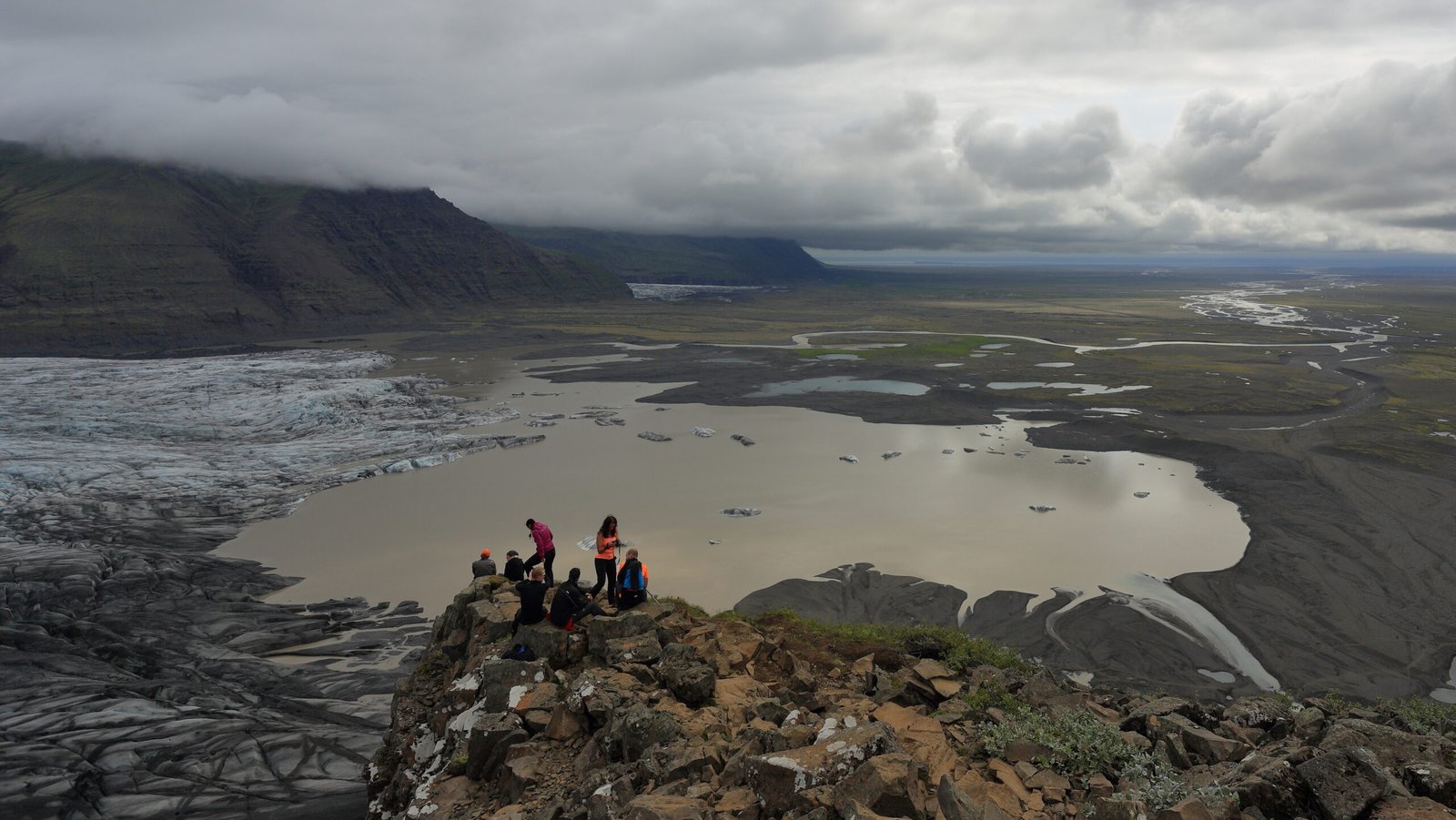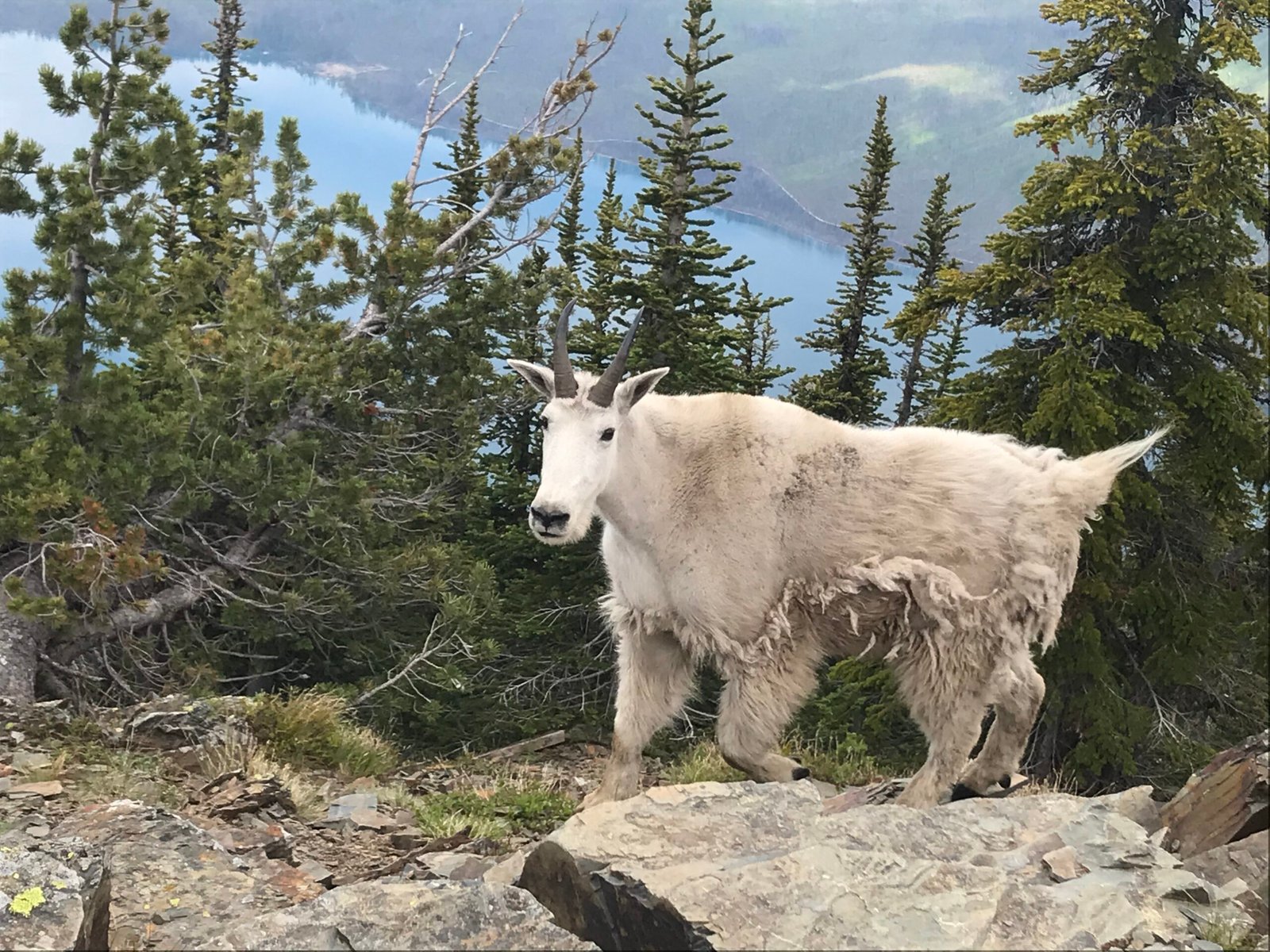Glacier National Park offers some of the most breathtaking backcountry loops in North America. These trails wind through pristine wilderness, offering hikers unparalleled views of glacial valleys, alpine meadows, and rugged peaks. From the challenging North Circle Loop to the remote Nyack Creek-Coal Creek Loop, each trail presents unique experiences and challenges. This guide provides comprehensive information on the best backcountry loops, including distances, elevation gains, and estimated hiking times, to help adventurers plan their ultimate Glacier National Park expedition.
What are the Best Backcountry Loops in Glacier National Park?

Glacier National Park boasts several exceptional backcountry loops, each offering a unique wilderness experience. Here are some of the most notable loops:
- Bowman Lake to Kintla Lake Loop
- Distance: 37 miles
- Elevation Gain: Significant
- Estimated Time: 3-4 days
-
Difficulty: Challenging
-
Nyack Creek-Coal Creek Loop
- Distance: 45 miles
- Elevation Gain: Significant
- Estimated Time: 4-5 days
-
Difficulty: Challenging
-
North Circle Loop
- Distance: 50 miles
- Elevation Gain: 10,700 feet
- Estimated Time: 5-6 days
-
Difficulty: Very challenging
-
Pitamakan-Dawson Loop
- Distance: 28.4 miles
- Elevation Gain: 958 meters
- Estimated Time: 1-3 days
-
Difficulty: Moderate to challenging
-
Boulder Pass Loop
- Distance: 32 miles
- Elevation Gain: 4,730 feet
- Estimated Time: 2-3 days
-
Difficulty: Challenging
-
Extended Highline Trail
- Distance: 61.8 miles
- Elevation Gain: 3,035 meters
- Estimated Time: 3-4 days
-
Difficulty: Challenging
-
Gunsight Pass Loop
- Distance: 20 miles
- Elevation Gain: ~5,800 feet
- Estimated Time: 1-3 nights
- Difficulty: Challenging
How to Access Glacier National Park Backcountry Trails?


Accessing the backcountry loops in Glacier National Park requires careful planning and knowledge of trailhead locations. Here are the main access points:
- Bowman Lake Trailhead: Northwest corner, GPS: 48.8167, -114.1833
- Kintla Lake Trailhead: Northwest area, GPS: 48.9333, -114.0833
- Many Glacier Trailhead: GPS: 48.7833, -113.6667
- Logan Pass Trailhead: Central location, GPS: 48.6933, -113.7167
Permit Requirements
All overnight backpacking trips in Glacier National Park require backcountry permits. These can be obtained through:
- Advanced reservation via the park’s modified lottery system
- Walk-in permits (if available)
What are the Conditions and Challenges of Glacier National Park Backcountry Loops?
Hiking the backcountry loops in Glacier National Park comes with various conditions and challenges that hikers should be prepared for:
Seasonal Weather Patterns
| Season | Conditions |
|---|---|
| Summer | Warm temperatures, potential thunderstorms, high mosquito activity |
| Fall | Cooler temperatures, fewer mosquitoes, potential early snow |
| Spring | Unpredictable weather, snow and rain, poor trail conditions |
| Winter | Extreme cold, deep snow, limited trail access |
Trail Maintenance and Wildlife
- Trails are generally well-maintained, but remote areas may have rough conditions
- Potential trail closures due to maintenance or bear activity
- Common wildlife encounters include grizzly bears, black bears, mountain goats, bighorn sheep, and moose
Recommended Gear
- Sturdy hiking boots
- Layered clothing for changing weather
- Bear spray
- Water filtration systems
- First aid kit
- Maps and GPS devices
- Emergency communication tools
Are There Guided Tour Options for Glacier National Park Backcountry Loops?
For those seeking a guided experience, several companies offer tours of Glacier National Park’s backcountry loops:
- Glacier Guides
- Custom and pre-set backpacking trips
- Small group sizes
-
Experienced guides
-
10Adventures
- Custom tour options
- Logistics and guide services provided
- Flexible itineraries
Tour Package Details
- Custom Tours: Tailored to group experience and interests
- Pre-set Trips: Follow established routes like North Circle Loop or Highline Trail
- Costs: Vary from hundreds to thousands of dollars per person
- Group Sizes: Typically 4-12 people
- Seasonal Availability: Primarily summer and early fall
- Booking: Advance reservations highly recommended
What are the Most Scenic Viewpoints on Glacier National Park Backcountry Loops?
Glacier National Park’s backcountry loops offer numerous breathtaking viewpoints. Some of the most scenic include:
- Boulder Pass: Offers panoramic views of the surrounding peaks and valleys
- Pitamakan Pass: Provides stunning vistas of the Nyack and Coal Creek drainages
- Swiftcurrent Pass: Offers sweeping views of the Many Glacier area
- Gunsight Pass: Provides dramatic views of Lake Ellen Wilson and Gunsight Lake
- Fifty Mountain: Offers expansive views of the northern part of the park
How to Prepare for a Glacier National Park Backcountry Loop Hike?
Proper preparation is crucial for a successful and safe backcountry loop hike in Glacier National Park:
- Physical Conditioning
- Build endurance through regular hiking and cardio exercises
-
Practice carrying a fully loaded backpack
-
Route Planning
- Study maps and trail descriptions
- Plan daily mileage based on terrain and fitness level
-
Identify water sources and potential campsites
-
Gear Preparation
- Invest in high-quality, lightweight gear
- Test all equipment before the trip
-
Pack appropriate clothing for varying weather conditions
-
Food and Water Planning
- Plan meals and snacks for the entire trip
- Bring water treatment methods (filter, tablets, etc.)
-
Pack bear-resistant food containers
-
Safety Precautions
- Learn bear safety techniques
- Carry bear spray and know how to use it
-
Bring a first aid kit and know basic wilderness first aid
-
Permit Acquisition
- Apply for backcountry permits well in advance
- Have backup itineraries in case preferred campsites are unavailable
What are the Leave No Trace Principles for Glacier National Park Backcountry Loops?
Practicing Leave No Trace principles is essential for preserving the pristine wilderness of Glacier National Park:
- Plan Ahead and Prepare
- Know regulations and special concerns for the area
-
Prepare for extreme weather, hazards, and emergencies
-
Travel and Camp on Durable Surfaces
- Use established trails and campsites
-
Camp at least 200 feet from lakes and streams
-
Dispose of Waste Properly
- Pack out all trash, leftover food, and litter
-
Use catholes for human waste, 6-8 inches deep and 200 feet from water sources
-
Leave What You Find
- Preserve the past: observe, but do not touch cultural or historic structures and artifacts
-
Leave rocks, plants, and other natural objects as you find them
-
Minimize Campfire Impacts
- Use a lightweight stove for cooking
-
Where fires are permitted, use established fire rings
-
Respect Wildlife
- Observe wildlife from a distance
-
Do not feed animals
-
Be Considerate of Other Visitors
- Respect other visitors and protect the quality of their experience
- Be courteous and yield to other users on the trail
By following these principles, hikers can help ensure that Glacier National Park’s backcountry loops remain pristine for future generations to enjoy.